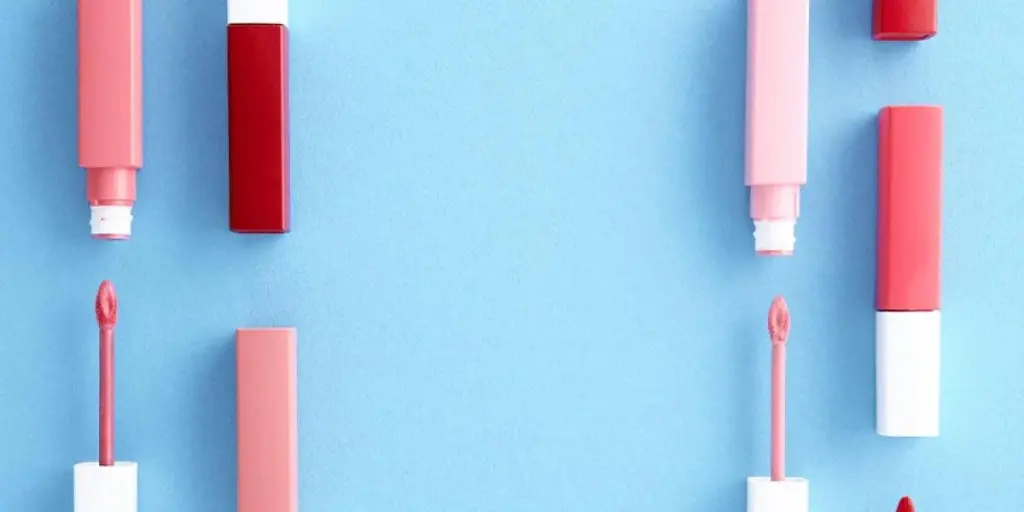As businesses face hardships due to a shortage of raw materials and rising inflation rates, implementing short-term strategies is vital for long-term survival. Consumers’ priorities have also shifted, and thus it is crucial to identify practical solutions to help offset challenges. Read about how brands are responding to and adapting to the economic turmoil and seeing success in the market.
Table of Contents
An overview of the beauty industry
Short-term beauty strategies that work
To sum up
An overview of the beauty industry
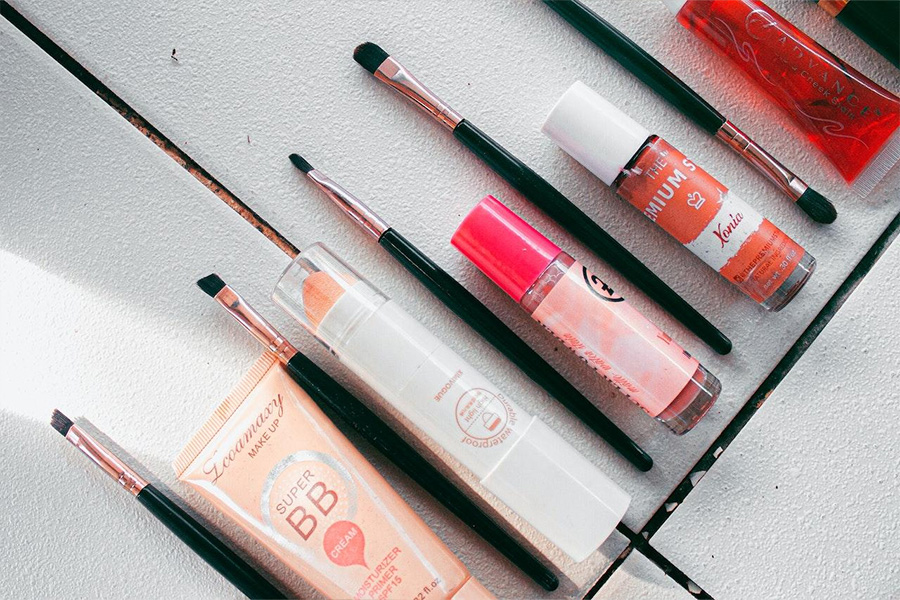
The current economic crisis has caused several issues, including supply shortages and rising inflation rates. As a result, consumers are more conscious about their spending and are rethinking their beauty priorities.
Even though global inflation has reached 5.5% in Asia, 9.1% in the US, and 8.6% in Europe, the lipstick effect continues to hold true for cosmetics. Beauty conglomerates such as Ulta Beauty and Estee Lauder have reported a 9% sales growth in 2022. However, analysts predict that the industry will face disruptions and volatility in the near future.
This article examines the immediate effects of the global economic downturn on beauty brands and discusses different business growth strategies.
Short-term beauty strategies that work
Learning from past experiences
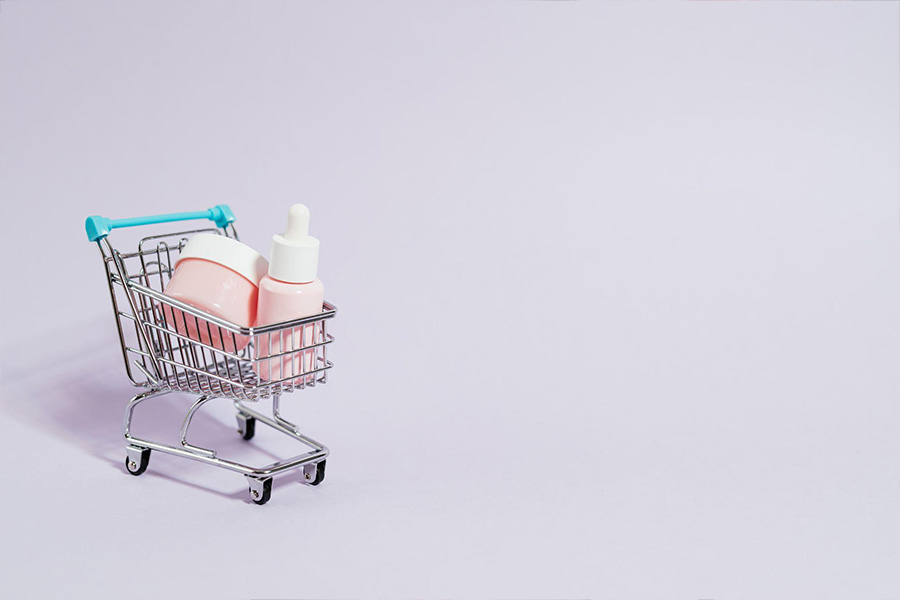
Brands must keep in mind the recent economic turbulence and develop strategies accordingly. Most businesses have learned that, while they can withstand temporary uncertainty, they must be prepared to pivot and plan for the future.
For instance, many brands experienced supply chain issues due to the pandemic, which increased production and packaging lead times. Some companies responded by delaying the release of their products, while others raised prices on limited stock.
Brands must make strategic stock management decisions regularly, which includes conducting a risk analysis of the products and inventory. They should also assess consumer behavior and distinguish between must-haves and nice-to-have products.

Some brands have changed their strategies, ordering products far in advance to compensate for the increased production lead time. Others responded to shortages by focusing on marketing products that are easy to manufacture.
Even though analysts are concerned about the impending recession, the lipstick index shows that many consumers will continue to purchase beauty products. Companies must avoid making rash decisions and instead learn what their customers want. Some brands have responded to consumer feedback by introducing larger-sized products for the entire family.
Adopting a flexible supply chain is critical to avoiding ingredient shortages. Brands must identify ingredients in their formulations that can be at risk and identify alternate sources or find replacements for such raw materials.
Offering reasonable prices
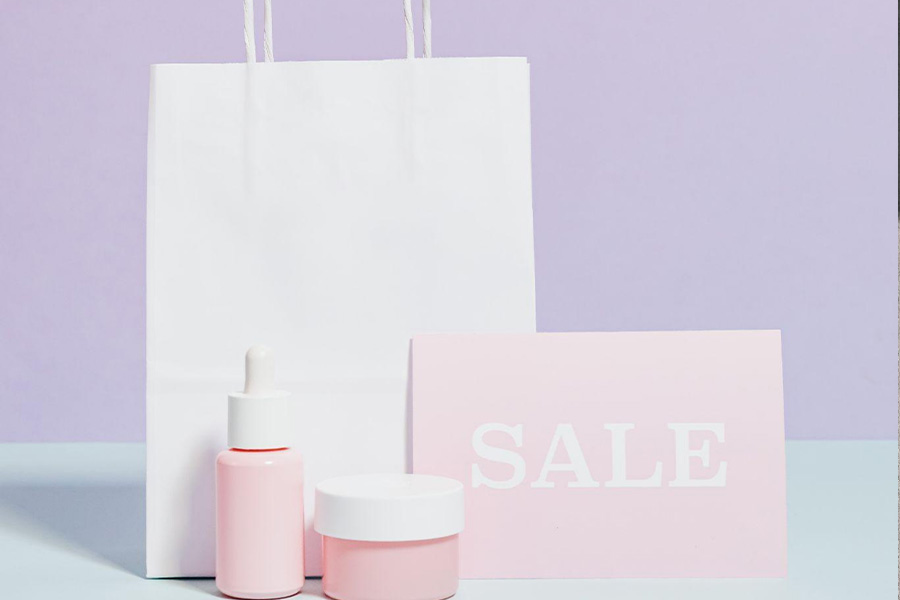
Prices for most beauty products are likely to rise due to economic uncertainty, supply chain issues, rising employee wages, raw material costs, shipping, and fuel costs. Nordstrom, Sephora, and Ulta Beauty have raised their skincare prices by 11% since 2020.
Brands can establish customer loyalty and trust by having open communications and being transparent about prices. They can accomplish this by communicating the decision-making process behind the price increase and giving them advance notice so they can stock up before the hike.
Customers will respond positively and be more understanding if brands explain why they are raising prices. Some brands have done this through social media platforms, with the founder responding directly to customer comments. Other brands are experimenting with shrink-flation, which involves reducing the size of cosmetics while keeping the price constant.
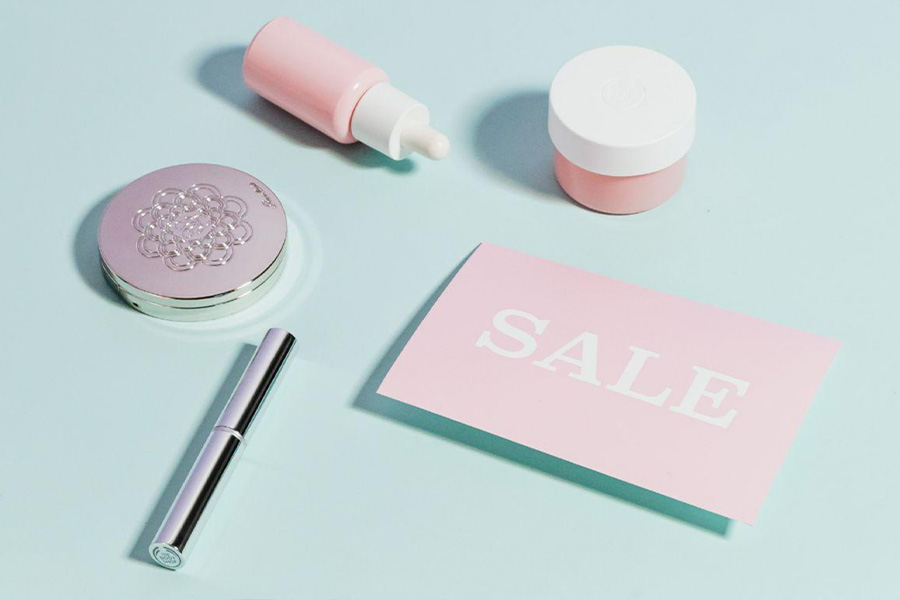
While some businesses have raised their prices, others have reduced their costs to gain a competitive edge in the market. For instance, by increasing distribution to major retailers, a US-based company could lower prices by 30–50% while producing higher volumes at a lower cost. However, this strategy should be used with caution because there is an increased risk of devaluing a product, and the reduced margin may not be sustainable in the long term.
Customers seek high-quality products and know that certain ingredients cost more than others. Therefore, it’s a good idea to explain the rationale behind the price. For instance, Isla Beauty lists each product’s price and the percentage of each active ingredient on its website.
Providing top-notch products
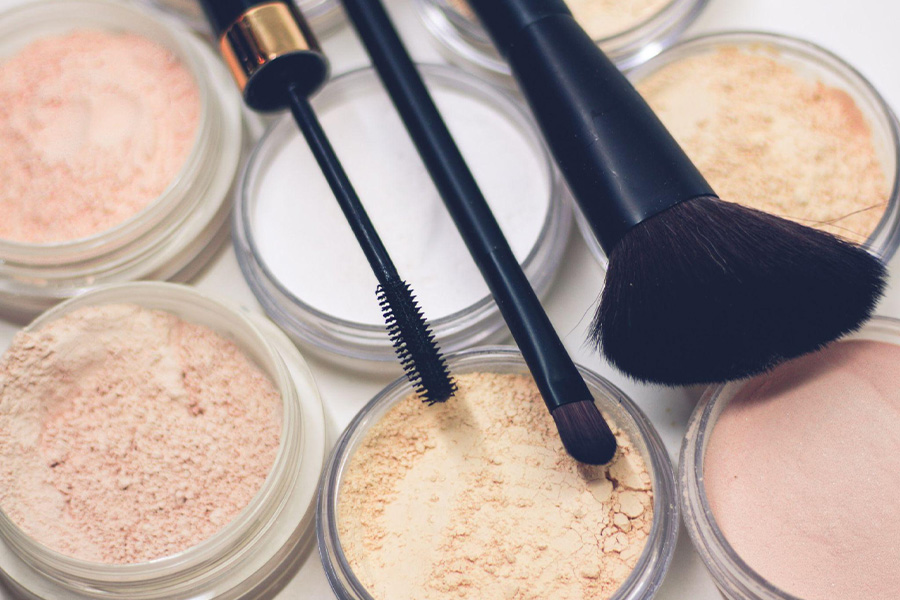
Shoppers will be pickier about their skincare products, but they will still be willing to pay more for high-quality items. Thus, emphasizing efficacy and quality will be critical in swaying indecisive and value-conscious customers.
Moreover, 73% of consumers believe that expensive products are of higher quality, justifying the price is essential. This thought is also echoed by Shiseido’s CEO, who stated that in the wake of economic turbulence, consumers assess the functionality and efficacy of upscale skincare.
Furthermore, in order to establish credibility, brands must back up their claims with clinical and consumer trials. Customers will also appreciate proof that products are vegan and cruelty-free.
Brands can use third-party testing to validate these claims and publish their data for customers to read and be informed.

Data also indicates that many product-conscious customers are willing to pay a premium for skincare products. A popular K-beauty brand demonstrates this by producing high-quality, eco-friendly soap bars based on orders, thereby reducing pressure on its supply chain.
To attract consumers’ attention, brands must use social media platforms such as TikTok to highlight the appealing features of their products. They can also use dermatologists to explain the unique blends of their skincare formulations, as well as show tutorials and before-and-after results.
And lastly, many consumers, especially Generation Z, will seek socially responsible and authentic brands. They will be drawn to businesses that take meaningful steps to support social causes.
Fostering a community spirit

As the current period can be stressful for many consumers, brands must take meaningful steps to show compassion by offering perks and discounts to earn loyalty and trust. This is important because 57% of women worldwide are concerned about their finances, and 58% of UK respondents believe that brands should help people by providing empathetic content. Some businesses are showing their support by using their platforms to share money-saving tips.
Brands will shift their focus more on customer experience, increasing their D2C communications to make shopping more enjoyable. Some companies allow users to create personalized skin care routines using online shopping tools. Others provide free skincare consultations to help customers find the best products for their needs.
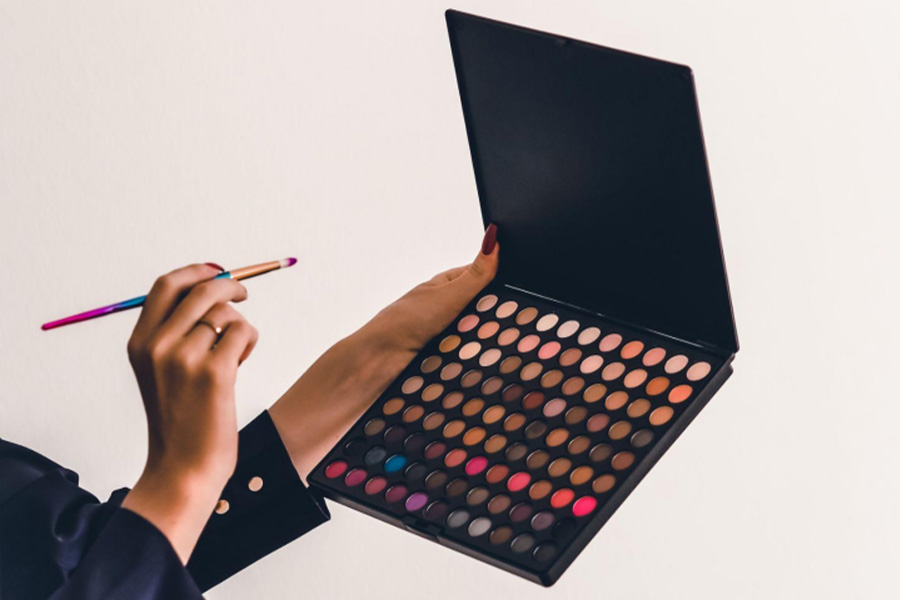
The introduction of reward and loyalty programs will appeal to budget-conscious shoppers. Giving such offers to regular customers will promote customer loyalty and retention. Money-saving strategies like subscription services, discounts, and free samples can add value and influence a buying decision.
To sum up
– Given the economic uncertainty and supply chain issues, brands must adopt a flexible approach and prepare for future scenarios.
– Customers value transparency, so brands must communicate their pricing decisions to their target audience openly and explain their decision-making process.
– As many individuals are experiencing hardships, brands must be empathetic in their marketing approach and offer discounts, perks, deals, and reward schemes to assist those in need.
– Customers will be discerning with their purchases, so brands must highlight their distinguishing features, provide evidence for their claims, and participate in charitable endeavors.
